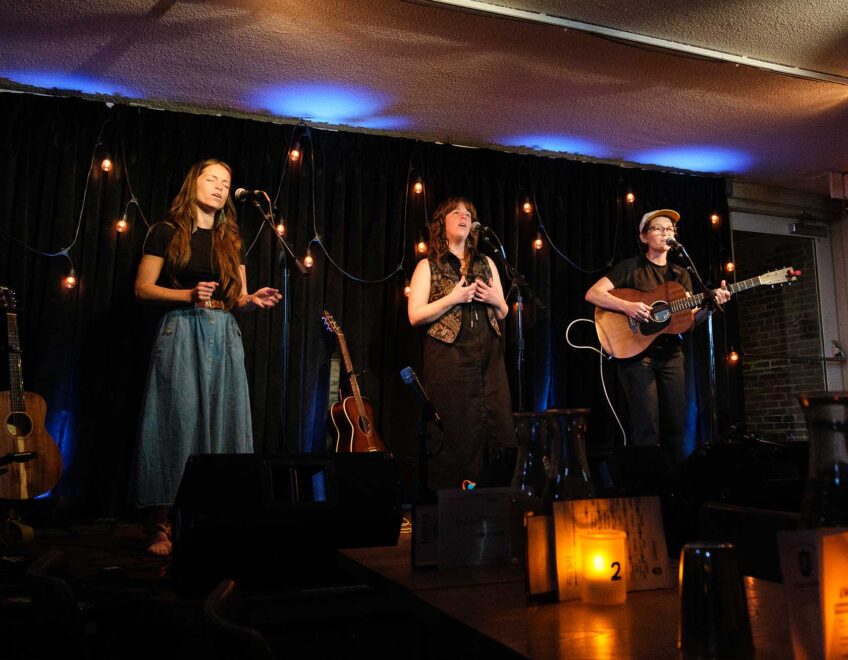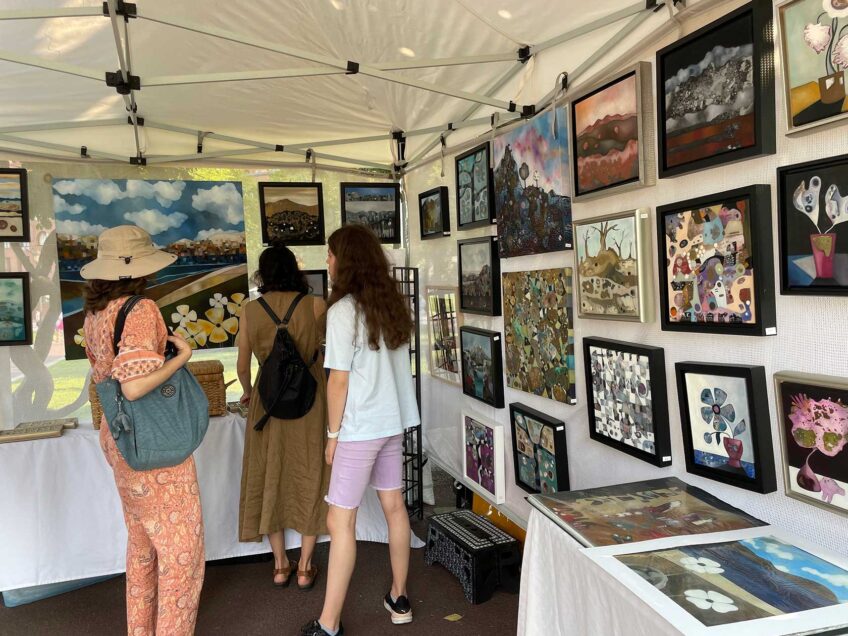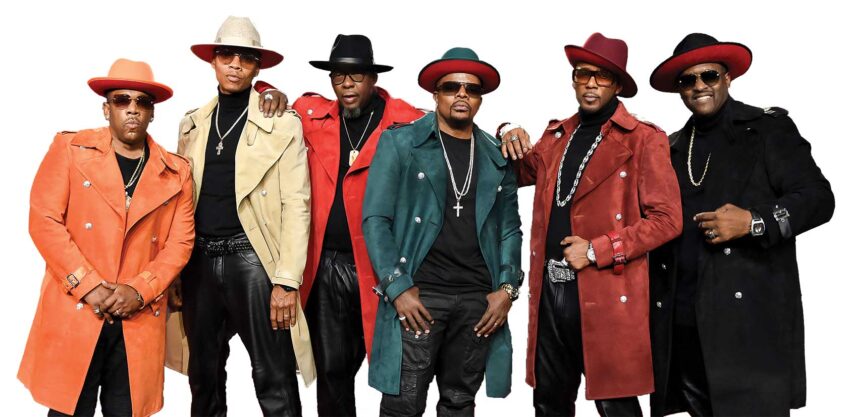
Through July 9, “Hear Me Now: The Black Potters of Old Edgefield, South Carolina” at the Museum of Fine Arts, Boston examines the work of enslaved ceramicists creating both utilitarian and artistic objects in the American South. This is the first exhibition in the MFA’s 153-year history that displays works indisputably created by enslaved artists.
Old Edgefield, South Carolina is known for its fertile clay that’s been used for centuries to create unique and functional artworks. The bulk of the MFA show centers on the 1820–1870 period when enslaved artists were producing significant numbers of vessels, both for practical food storage purposes and for their own personal spiritual use. In addition, contemporary artists Theaster Gates, Adebunmi Gbadebo, Simone Leigh, Woody De Othello and Robert Pruitt have created works in response to these vessels.

Storage jar, 1857, Dave (later recorded as David Drake) (American, about 1800–about 1870) Stoneware with alkaline glaze, Harriet Otis Cruft Fund and Otis Norcross Fund. PHOTO: © Museum of Fine Arts, Boston
“We tend to associate the history of slavery with cotton, tobacco, growing crops — certainly that’s how I learned it — but this was industry and artistry. It carried with it skill and knowledge and creativity and expression, and those just aren’t things that are part of the history as its told today,” says co-curator Ethan Lasser, the museum’s John Moors Cabot Chair, Art of the Americas.
In “Hear Me Now,” audiences will see nearly 60 objects, ranging from enormous 90-pound vessels meant to keep meat and produce cool and fresh to smaller vessels depicting human faces that were likely used in spiritual practices by the enslaved artists. The face vessels use kaolin, a different kind of clay that was considered a sacred material in West Africa.
“That’s led us to interpret these as religious and spiritual objects, not just as containers,” says Lasser. “And they are direct links to the cultures from which enslaved people were brutally separated. They’re expressions of the diaspora.”

Water Cooler, about 1840, High Museum of Art, Atlanta, purchase in honor of Audrey Shilt, president of the Members Guild, 1996–1997, with funds from the Decorative Arts Acquisition Endowment and Decorative Arts Acquisition Trust. PHOTO: MICHAEL MCKELVEY/ COURTESY OF HIGH MUSEUM OF ART.
The exhibition was created by the Museum of Fine Arts, the Metropolitan Museum of Art and the University of Michigan Museum of Art, Ann Arbor and will travel to those destinations as well as the High Museum of Art in Atlanta.
For the MFA installation, the curatorial team brought in a group of local leaders, called Table of Voices, to consult on the project. They ranged from local ceramicists and artists to academic and historical experts and community leaders. This group had a profound impact on the resulting exhibition. Lasser says that the original design was to list the names of 150 known enslaved artist of the 19th century at the end of the exhibition, like credits, but the Table of Voices team insisted that not only should the names be listed at the beginning of the show, they should be spoken and heard as well.
“It changed the show in many ways from a show about objects to a show about people,” says Lasser.
At the heart of the exhibition is the tension between artistic expression and enslavement. All these works were created under duress by artists who had little to no choice or agency in the matter. And yet, creativity glimmers through. A well-known enslaved artist known as Dave the Potter is an ideal example. This artist signed his work “Dave,” dated it and carved poems into his vessels.
“He did so at a moment when South Carolina law prohibited enslaved people from being literate and learning to read and write,” says Lasser. “So every object and every poem was a sign of resistance.” In a way, every work in this exhibition feels like an act of resistance, each object a statement of skill, artistry and humanity.







